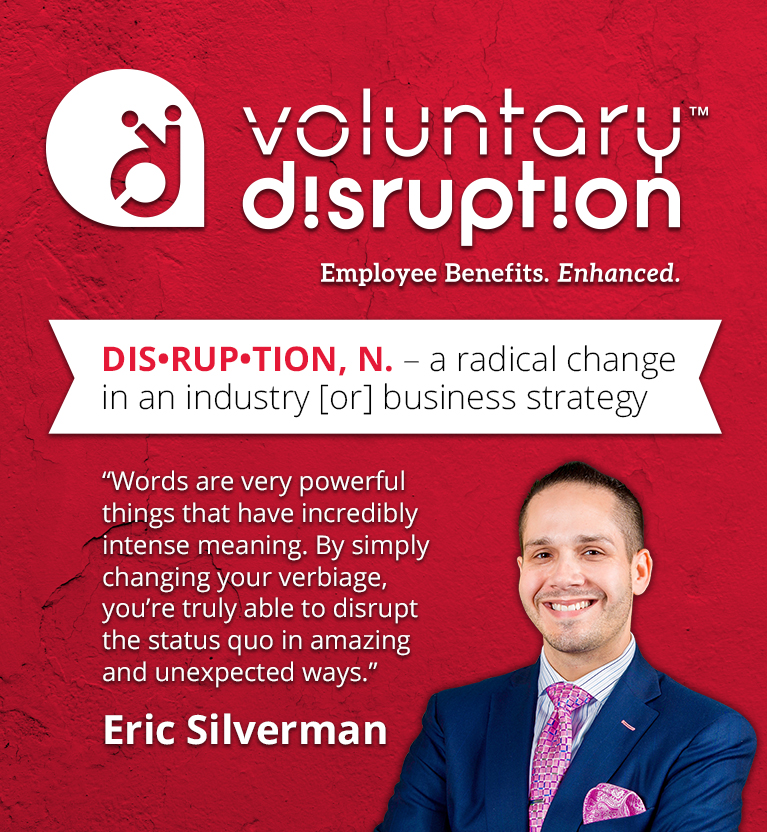Move beyond traditional voluntary products and introduce your clients to custom plans designed to fit their specific needs.
As we discussed last month, in an age where the most successful advisers are those willing to adjust, adapt and embrace change, a key factor in each broker’s performance is their approach to enhanced (voluntary) benefits. Whether you entrust one carrier with your strategy, develop an in-house program, or partner with a carrier-agnostic firm, be proactive with your approach.
Start by making a commitment to understand all of the products and services that are available within the marketplace. You want your client to know it is your objective to eliminate benefit redundancy, and with it any wasteful employee overspend that may have occurred during an initial “product-dump” by whomever first installed their enhanced benefits. That action may have led to a “commission grab” for the original broker, but it comes with little regard for the total healthcare plan strategy.
For years, most health insurance brokers have recommended short-term disability, long-term disability, life, dental and vision alongside group health insurance. These are considered part of the “core” group products that are often heavily subsidized or even fully funded by the employer. I refer to these types of products as “traditional.” These benefits, along with a strong health plan, provide the base foundation to a company’s total package.
The key is to take your client’s “traditional” package and lead them to transform it into an unbeatable, next-generation offering. The bare minimum would be introducing core enhanced benefits into your client’s overall healthcare strategy. These typically consist of accident, hospitalization and critical illness.
Although these core enhanced benefits are vital, I want to help to bring you to the next level by addressing benefit offerings that are often overlooked.
Better Products, Better Service
For starters, anyone can put together an ordinary short-term disability plan. Consider designing a robust maternity-specific package for your clients. Help to mitigate your client’s yearly workers’ compensation increases — whether you handle their P&C or not — by proactively suggesting a company-funded or partially funded off-the-job accident product to help lessen the blow of Monday morning claims.
Have you explored recommending employer-funded gap plans? Pairing these plans with high-deductible healthcare options can save your client a lot of money. Give their employees a voluntary buy-up option to minimize their out-of-pocket deductible costs as well.
Even term-life products aren’t what they used to be. For example, one offering goes past age 100, has paid death benefits starting in year 10, and has a long-term care rider that can pay up to three times the death benefit for LTC coverage.
Strong enhanced benefits partners are having these conversations with advisers like you, focused on serving your clients effectively. All of these products provide creative new ways to increase client loyalty while furthering their ability to attract and retain the best employees.
Think Outside the Insurance Box
Beyond traditional and enhanced benefits, there’s a world of products and services that add value to your client relationships. Some include:
- Single-point consolidated billing
- Benefit administration systems
- Zero-cost Section 125 plan document preparation
- Flexible spending
- Discount prescriptions
- Identity theft and fraud protection
- Telemedicine services
- Or even what I like to call “Smart Benefits Technology,” where you’re able to provide a single benefits “app” for employees to access their entire healthcare package on-demand, including telemedicine and a 24/7 concierge.
If you don’t offer all of these services and non-insurance products in-house, align with a strong enhanced benefits partner who is experienced with bringing all of these avenues to the forefront of your client conversations. Initiate these conversations now, because I assure you it’s only a matter of when and who will proactively begin the conversation with your clients, and in turn, secure the broker of record.
A Note of Caution
I would no sooner attempt to discuss group health coverage with any of my clients than I would recommend you make a solo attempt to discuss enhanced benefits with your clients. It took both of us many years to become experts in our respective fields. The fact is, it wouldn’t be feasible for you to learn the enhanced benefits space at a level that would be beneficial to your clients in a timely fashion. Thus, why not work with a proven enhanced benefits partner, one who can get to work immediately, maximizing the opportunities within your existing book of business.
Beyond the types of products and services that an experienced enhanced benefits partner can bring to your clients, the next step is to take advantage of specific broker services that your firm should be utilizing. Think: Distribution, contract and compensation audits, revenue-sharing agreements and branding services. Next month, we’ll dive into how taking advantage of these services can enhance your bandwidth and expand your footprint. Until next time, don’t just have a great month – make it a great month!

